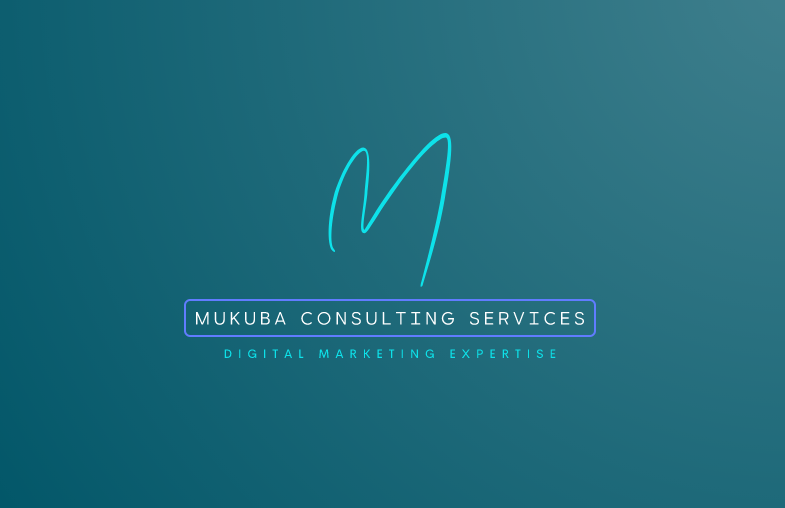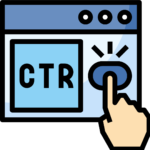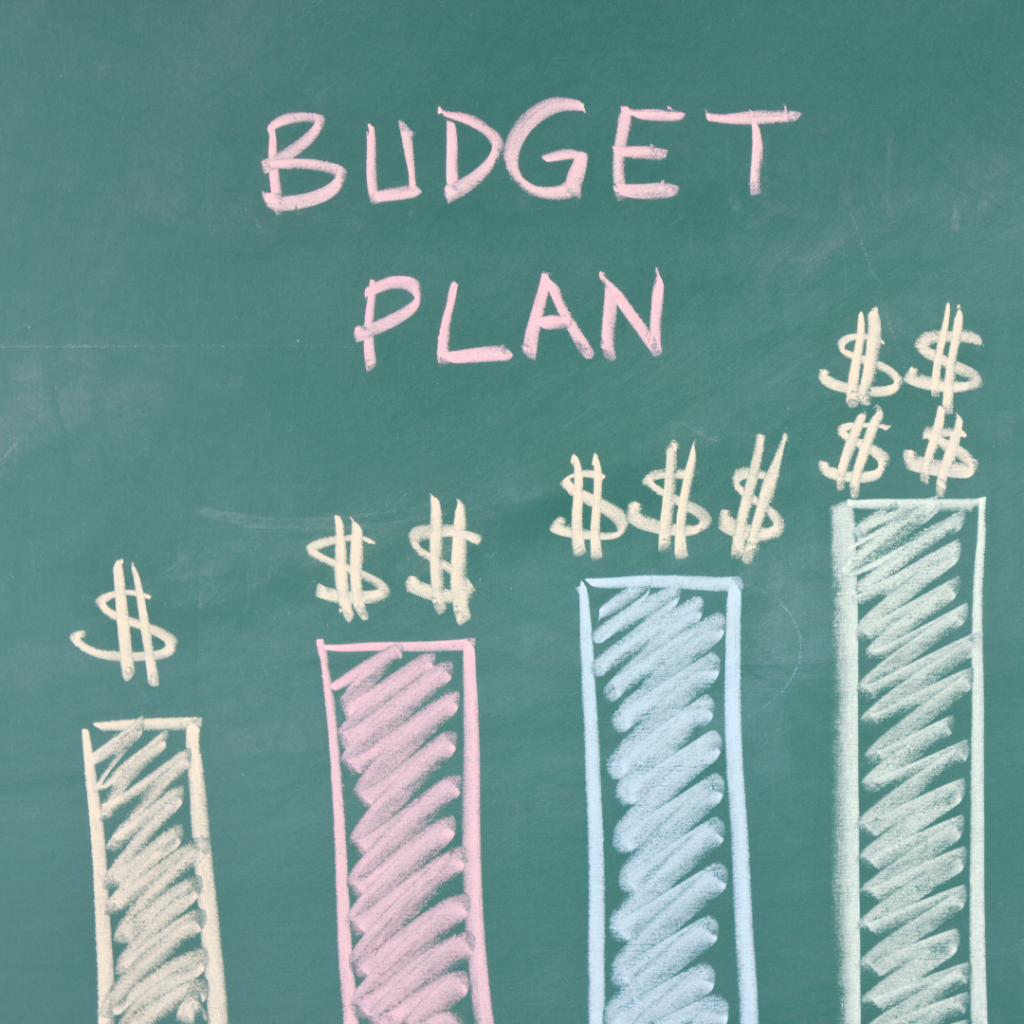
PPC budget is important for any Business. Many businesses struggle to find out how much money they need to invest into their Pay per click budgets. They know they need to spend money in order to make money, but they are also careful with how they invest their money. This is mainly because they have been burnt in the past and they want to be careful.
There are some organizations in which they have a ton of money to invest into PPC. It is easy for a digital marketer like me to work with them because there are no budgetary issues. But sadly, most companies are not fortune 500 companies and they need to stick to a fixed budget. In addition, the fixed budget must meet their marketing goals.
The question becomes how much should be spent on the online investment? Sadly, there is no precise answer to this question because there is a myriad of factors that can affect the cost of items. The next best answer to this is that there is a range that can be spent.
For example, rather than saying I will spend $10,000 the best answer would be I would spend around $9000 to $11,000.
Another thing we should note that this only applies to new business that are yet to deep their feet into the PPC pool. There are companies that have spent money on online advertising in the past and they are yet to find out how much is needed to make money.
With these companies, it is easier to work with because there is data to work with and someone can find ways of calculating how much has been spent and more importantly how much has been profitable.
Goals

Before we put figures or start doing any calculations, we need to find out the goal of the online business. This is important because it affects how budgeting will be done. The goals that are set should be actionable, quantifiable and within a certain timeframe. Here are some of the goals that some websites could have:
- Sales: Most online stores rely on sales as their main goals. They want people to come to their sites to make a purchase. For example, 100 new sales in the next 30 days.
- Leads: Getting leads as a goal is different as in this case the business would want to collect emails or phone numbers in which they would later convert into sales. E.g. 50 new leads in a week.
- Branding: Branding is more for new businesses or a business introducing a new product into the market. For example, we want to show 5 million impressions to potential customers
- Downloads: Downloads are more for pdfs, whitepapers and eBooks where they are to provide the customer with more information about the products or services.
There are more things to consider when you are coming up with goals for your business for example
- Are you interested in getting new customers?
- Do you want all the customers in the market or just a few at a time?
- The lifetime value of each customer
- Is there enough inventory for your marketing campaigns?
- Is there a limit to the marketing budget?
Calculating PPC Budget

There is a simple formula to help calculate how much you would need for your budget. It starts by looking at how many clients you require. Note we use set assumptions.
The conversion rate is known for the website,
The click through rate has been determined
The cost per click is known
The formula is
Budget = (customers / CR2)/ CR1 *CPC
Customers = (revenues/sales period) / average sale amount
CR1 – is the first conversion or leads, either an email or a call is made
CR2 – is when the business converts the leads through the sales team
Customers – these are the number of customers the business wants to get
Calculations

Let’s say the advertiser’s revenue is $ 100,000, the sales period will last 2 months, and the average sale amount is $ 10,000. In this case:
Number of customers = (100,000 / 2) / 10,000 = 5 customers
The advertiser needs to acquire 5 customers in order to achieve $ 100,000 of revenue within 2 months.
Now let’s enter these values into the second formula and calculate the PPC budget needed to achieve advertiser’s business objectives. CR2 = 50%, CR1 = 1%, CPC = $ 0,5. Thus:
PPC Budget = (5 / 0.5) / 0.01 * 0.5 = $ 500
Simple math shows that $ 500 will be enough to buy 1000 clicks, which will be converted to 10 leads and 5 real customers. These 5 customers will provide the advertiser with $ 10.000 revenue which will meet his business objective. So, $ 500 can be called an effective PPC budget for this campaign.
If products are bought on the site, the formula is much simpler
Budget= Customer/ CR*CPC
These formulas are simple to follow but there are times when there isn’t enough information. For example, the business could be missing the following:
- conversion rate data from the sales team
- lack of knowledge of conversion rate from the website
- Not knowing the actual CPC
Competition Analysis

In addition to everything we have calculated above another way in which we can determine how much money to allocate to PPC would be finding out what the competition is doing. Through various paid and free services, you can find out:
- How much the competition is spending
- What keywords they are bidding on
- What products or service are their best sellers?
This is properly done by looking at 10 different competitors to come up with a range in which you might be able to make a difference in the marketplace.
There are paid services like SpyFu and SEMRush that help you look at what the competition is doing. For free services then http://ubersuggest.org will work. Please note that the figures that are provided are only rough estimates, but it will give you something to work with.
After looking at the 10 competitors you will find one that spends roughly $10,000 and another spends $1000 while the rest are in between $4,000 to $6000. Then you would choose to spend around $5,000. You will ignore both extreme ends and work with the average.
With the $5000 you can plug it in the formula and see how many customers you will get from the budget.
Budget = customer/CR *CPC
$5000= Customers/ 0.005* 0.5
Customers = 5000*0.005/0.5=
50 customers
Conversion Rate
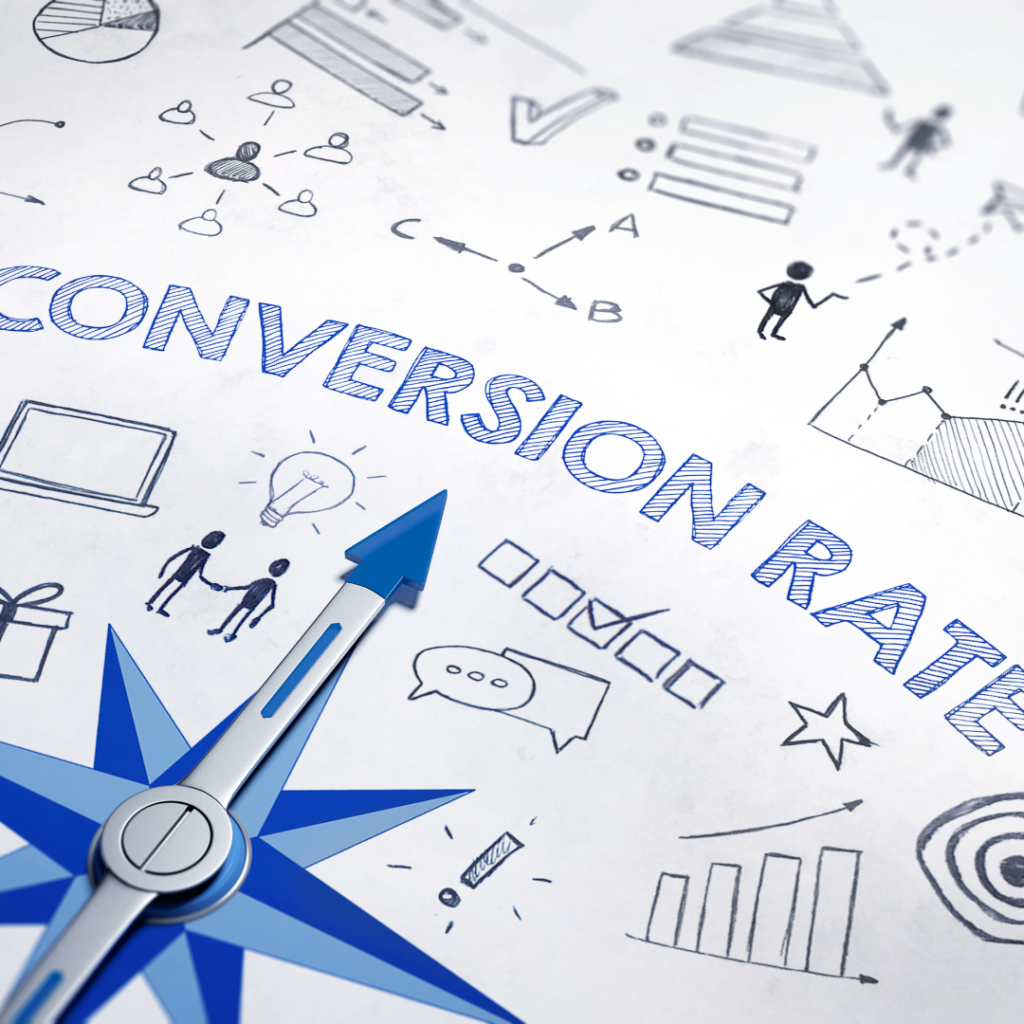
Conversion rates are the most important metric when it comes to digital advertising. They are the ones that will determine if the campaigns are profitable or not. Conversion rates vary across the board, there are some which are below 1% and there are others that go beyond 10%. Neither of the conversions rate are bad if the business is profitable.
At the end of the day digital marketers are trying to improve the conversion rate so that more money can be made with the same budget. For example, using the example above. If the conversion of 0.5% will give you 50 customers with a budget of $5000, then 1% will give you 100 Customers within the same budget.
Conversion rates can be gotten by looking at past website data. For example, if a website converts 2% of its site visitors then that should be used in making budgetary plans. Although it should be noted that organic traffic is totally different from paid traffic. Paid traffic tends to have a higher conversion rate than organic traffic.
If you have a new site and you are wondering what you should pick as your conversion rate, then going with 1% will be a wise choice. Industry averages are at 2% but it’s better to be prepared using 1% and adjust accordingly when you get more data.
Keywords

Keywords determine what the cost per click will be and are also a big factor in determining how much is needed for the budget. Unlike most of the other factors that we have talked about and calculated; little can be done to influence how much the CPC will be.
In our example above we were calculating the CPC to be $0.5. This may vary due to a lot of factors for example:
- Competition
- Quality score
- Ad position placement
- Keyword match type.
Older business that have been using Google Ads have an advantage as they know how much they need to bid on keywords as they have past data to look at. However, a new businesses will need to look at the Google Keyword Planner.
The Google keyword planner will tell you past costs of keywords in the last year. Although they are good to rely on, they are not the figures that you will pay for.
Going back to our example above
Budget = customer/CR *CPC
$5000 = customers/ 0.005 *$0.5
Will give your 50 clients
When you increase the CPC to $1
$5000 = customers/0.005 *1
Will result in 25 clients
This goes to show the value in keyword CPC
Things to consider when you are budgeting
Volume trends

The Keyword planner tool from Google Ads provides you with volume trends of the keywords you are going to use. The number of searches available in a month will determine whether your ads will show meaning how much you will spend. They are normally three options high volumes, low volumes and normal volumes.
High volume keyword trends mean that you are ads are more likely to show to a variety of searches and you can easily come up with a proper budget. It also gives you a lot of flexibility in which keywords you would like to bid on and hence save money or have a more effective campaign.
Low volume trends are quite the opposite from high trends. Although when the searches are too low the ads won’t be shown on Google search. If there is a good number and the ads are going to be shown it can be beneficial. This will keep the CPC costs quite low and you can ensure that your ads appear in every search for the keywords.
CPC estimates
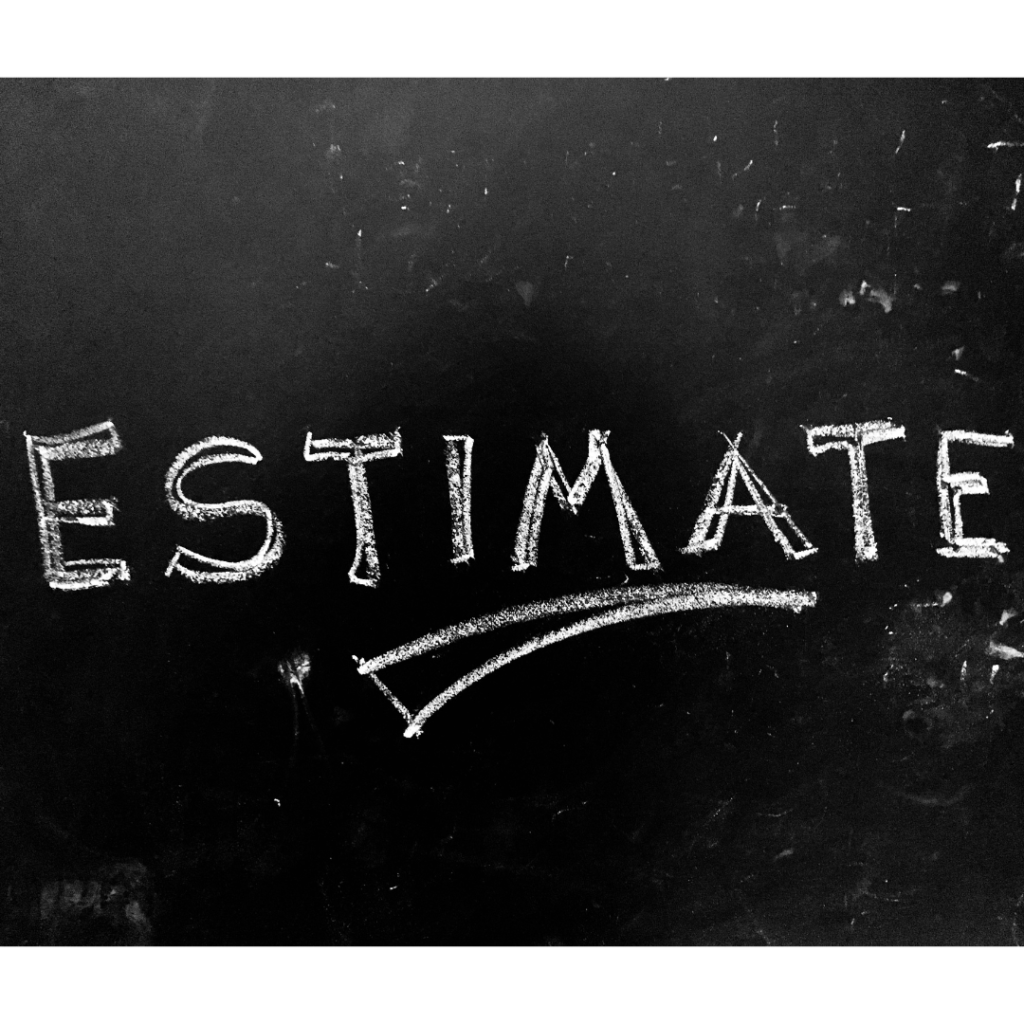
The CPC estimates for new keywords and accounts can only be gotten from Google Ads keyword Planner. Although the figures gotten are only rough estimates of what people paid last year, they are a good indicator when budgeting. You would know how much you would need to pay for the click in order to appear on the first page and reserve the first ad position.
Knowing the CPC will help you calculate how much you would need for your budget.
Geography

This is pretty obvious but most digital marketers forget to check on this. If you are selling products or service in a certain area it is better to set up your google ads to serve that area. This refers to having a local shop and then sending ads to a radius near the shop. In addition, if you are serving a larger geography like for example a province, county or country then setting the ads to run in that area is advised.
This affects the budget by restricting your ad spend to people who are in your target market and are looking for your products and service. When PPC campaigns are audited, it is found that they are serving the wrong geography.
Time

This is also another money saving option that lets the ads to run while the business is open. Running ads when the business is closed is a problem because there isn’t a person available to answer the call or email leads gotten from PPC campaigns.
Devices

There are certain campaigns that work well on certain devices that on others. For example, if you are looking to get calls to your business then call only campaigns are the way to go which will only target mobiles. On the other hand, if you are selling B2B Services it is better to focus more ads on computers as your targets will be more likely tied to their desks.
Campaign Management

Once the campaigns are running then constant monitoring is required to ensure that the goals are being reached. During the month, there are times Google will raise your CPC when it thinks you are about to get a conversion. These are the times you need to be vigilant by either letting google automate or stepping in and reducing costs.
Google has a suite of tools that you can employ to ensure the campaign is successful. If you aren’t familiar with them then it would be advisable to hire a digital marketer.
Problems of having a bad budget
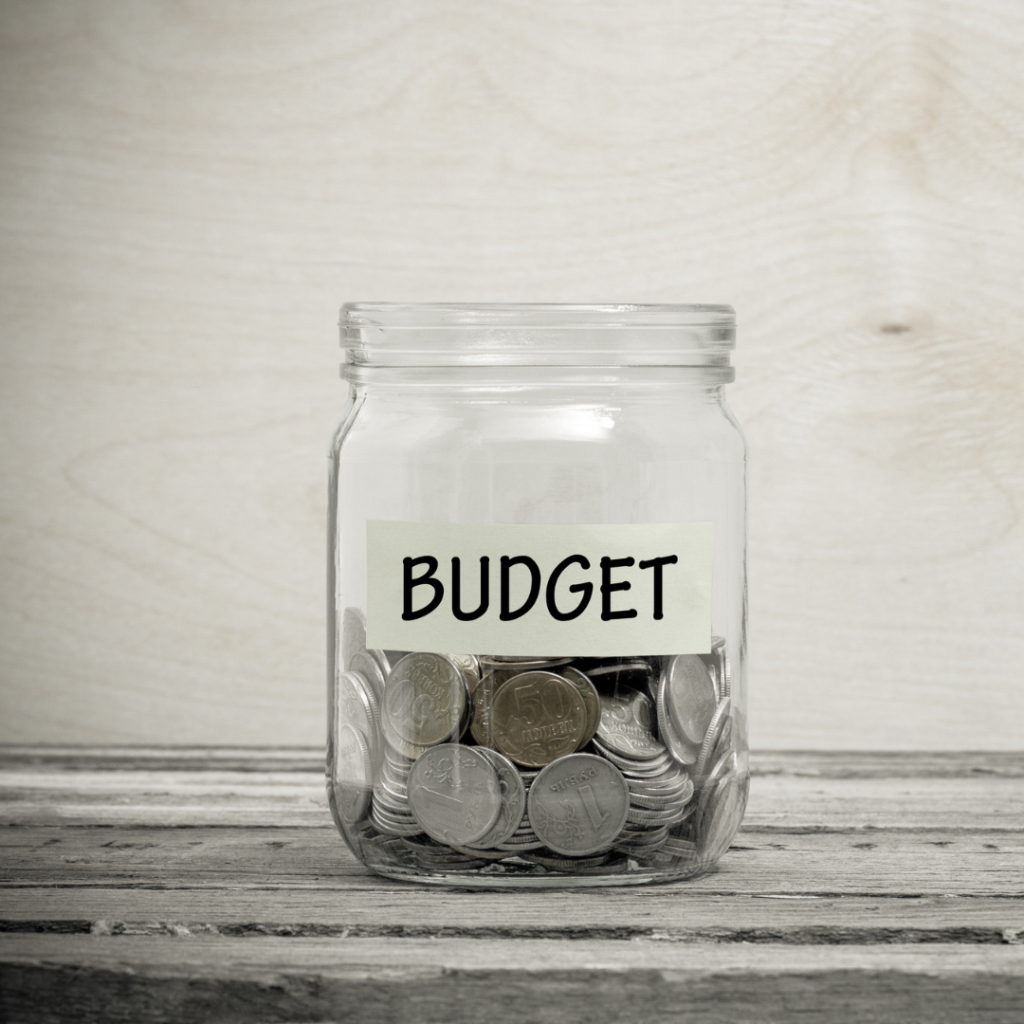
There are two kinds of bad budgets and they are low budgets or high budgets. Both bring different sets of problems to the business.
Low budgets:
When the budgets are low the Google Ads system doesn’t have enough information to provide to you. If you are getting 2-5 clicks a day the system will take a longer time or won’t bother learning how best to efficiently serve your ads. This will lead to either not showing your ads or shown at in appropriate times.
With a low budget digital marketer won’t get opportunities to fully utilize all that is available on the Google ads system. This includes using video ads, display ads and remarketing ads.
Lastly with an underfunded budget, this leaves little room for flexibility and some strategies can’t be applied.
High Budgets:
When you spend too much on Google Ads without a proper plan it could lead to marketing problems as well. Bidding too highly on clicks will lead to the business not being profitable as too much money will be consumed on getting clicks or conversions.
The business itself won’t be able to properly fund other marketing activities like traditional marketing strategies because too much of it is being used on digital marketing.
There would be push back by management when too much has been spent on digital marketing with little to show for it. This leads to the eventual cutting of the budget.
Will PPC be profitable for you?
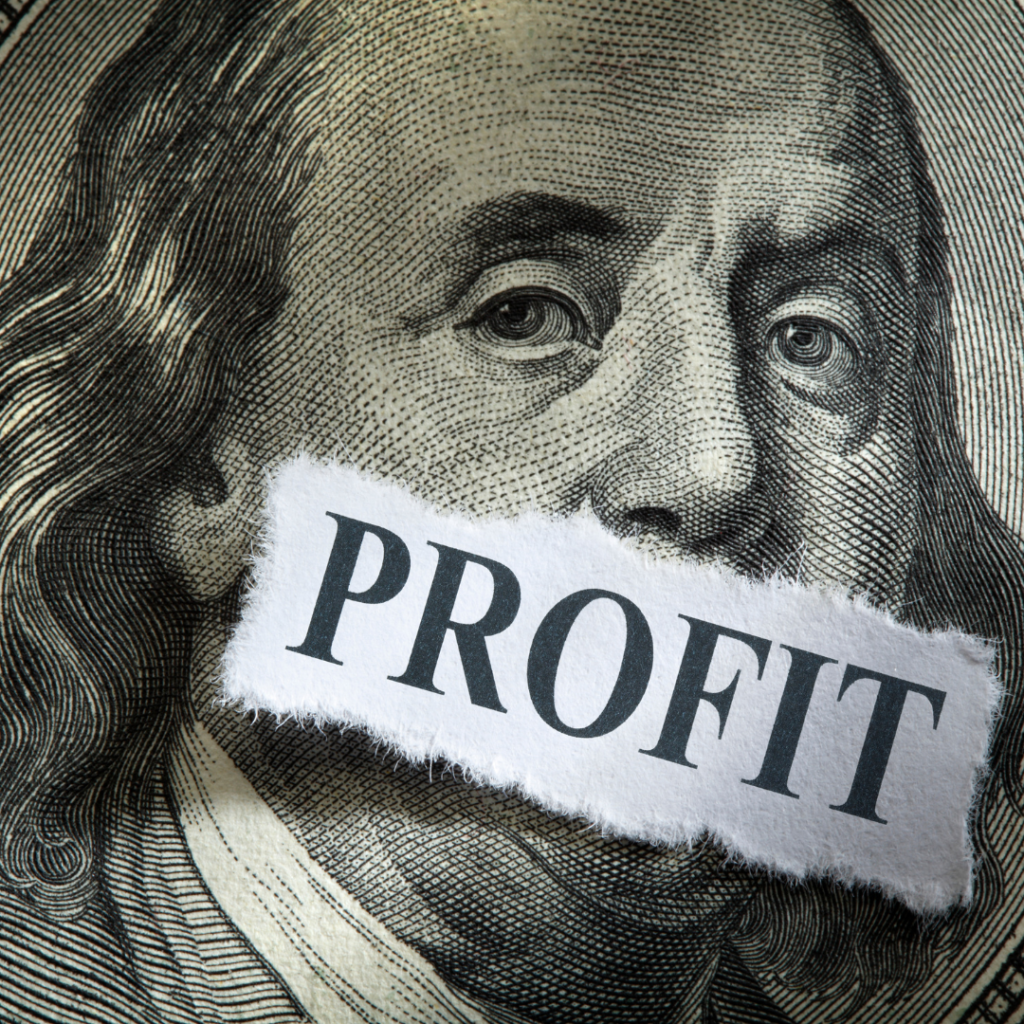
At the end of the day, your business like all other want to make money. The profit that can be derived from PPC should be strived for. For example, if an item sales for $100 and the CPC is $1 and with a conversion rate of 2% then for every 50 clicks there will be one sale.
Following simple math, 50 clicks cost $50 and they end up with a sale of $100. To get profit from the sale when all things are considered then it will be $50. Although, through proper PPC management and the conversion rate is double. With the same number of clicks it would end up with $200 worth of sales and $150 worth of profit.
This will make investing in digital marketing worth its while.
